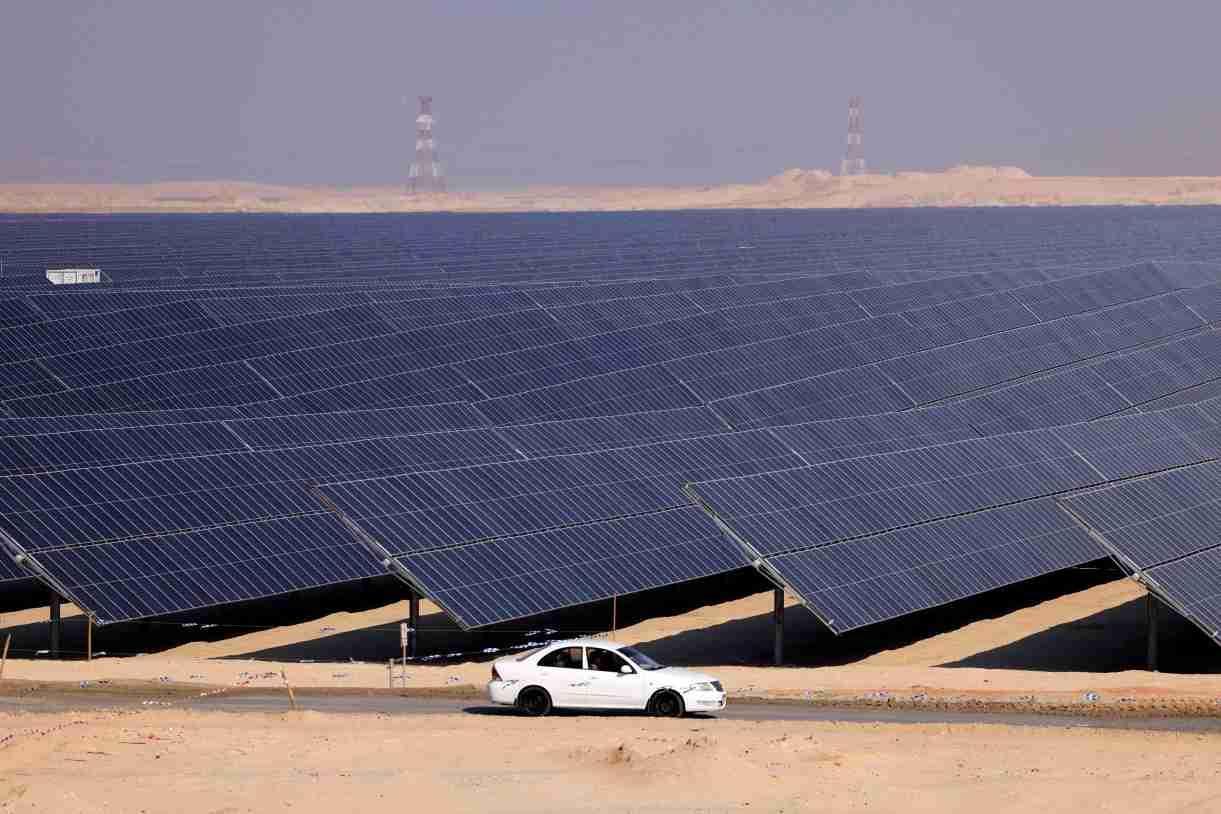Gulf states bet on 'green' hydrogen
DUBAI

After riding a fossil-fuel boom for decades, Gulf Arab states are eyeing "green" hydrogen as they try to transition their economies and ease the climate crisis at a stroke.
Oil producers Saudi Arabia, the United Arab Emirates and Oman are investing heavily in the climate-friendly fuel in a search for alternative revenues to crude and gas.
Green hydrogen, which is the hydrogen created when renewable energy electrolyses water, appears to solve many problems: It is low-polluting and has widespread potential uses, which could make it lucrative and planet-saving at the same time.
But the fuel, which currently makes up less than one percent of total hydrogen production, is not yet commercially viable and needs a major scaling-up of renewable energy sources - a process that could take years.
Despite this, the Gulf monarchies sense an opportunity to remain major players in energy markets as oil revenues fall.
"Gulf states aim to lead the global hydrogen market," said Karim Elgendy, associate fellow at Britain's Chatham House think tank.
"They see green hydrogen as critical to remain major energy powers, allowing them to continue their influence as fossil fuel demand declines."
Most hydrogen is produced from polluting fossil fuels, but green hydrogen is extracted from water using renewable energy such as wind, solar and hydropower.
It is touted for potential use in high-polluting industries such as transport, shipping and steel.
Saudi Arabia is constructing the world's largest green hydrogen plant at NEOM, the $500 billion futuristic megacity being built on the Red Sea.
The $8.4-billion plant will integrate solar and wind energy to produce up to 600 tonnes of green hydrogen a day by the end of 2026, officials say.
In July the UAE approved a hydrogen strategy that aims to make it one of the top 10 producers by 2031.
But it is Oman, which lags Saudi Arabia and the UAE in fossil fuel production, that looks poised to lead the Gulf's clean hydrogen race.
The sultanate is on track to become the sixth-largest exporter globally and the biggest in the Middle East by the end of the decade, the International Energy Agency said in a June report.
Oman aims to produce at least one million tonnes of green hydrogen a year by 2030, and up to 8.5 million tonnes by 2050.
According to auditing firm Deloitte, Middle Eastern countries, primarily the Gulf, will lead global clean hydrogen trade in the short-term, exporting around half of their domestic production by 2030.
The investment in green hydrogen has not curbed expansion in oil and gas, with both the UAE and Saudi Arabia planning to grow their hydrocarbon industries.
Experts predict it could still take years before Gulf countries can produce green hydrogen at a cost competitive with fossil fuel-based alternatives.
While the cost of renewable energy has fallen due to technological advances, green hydrogen cannot yet be produced at a profit.
















